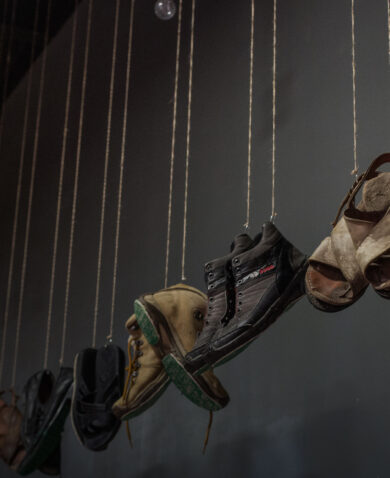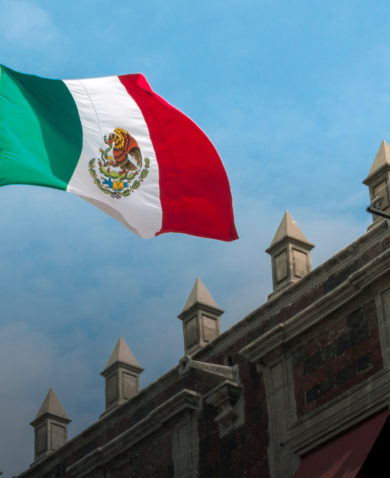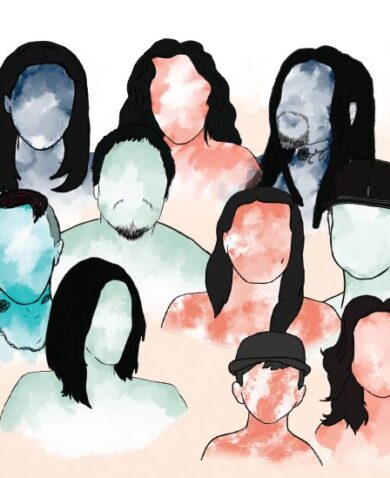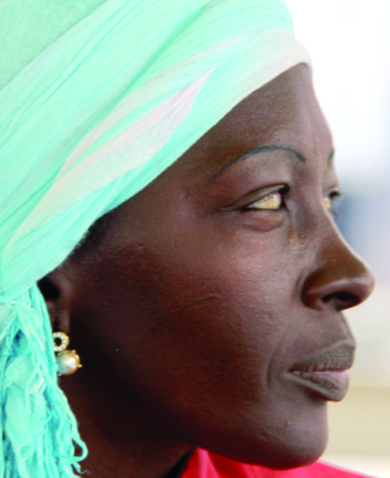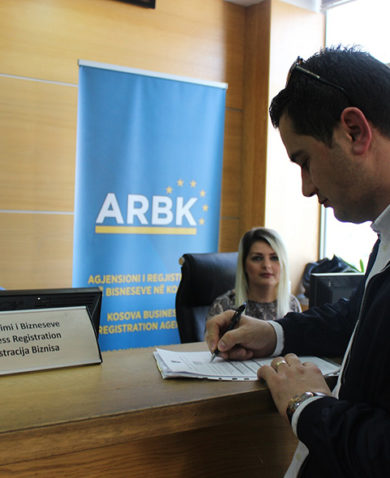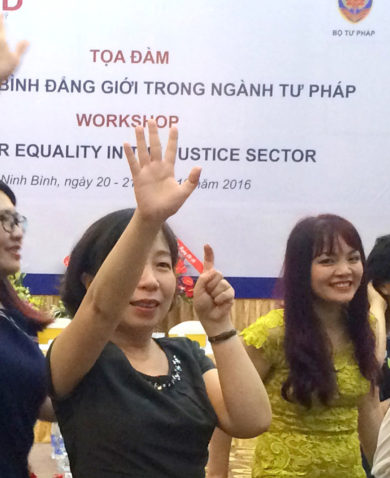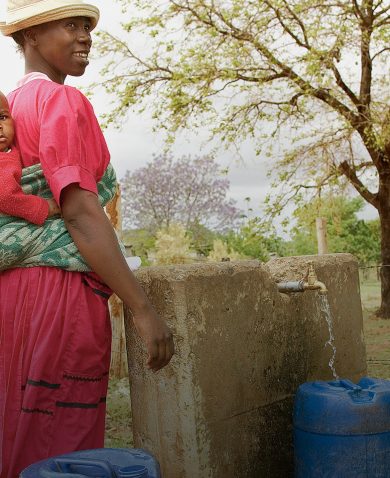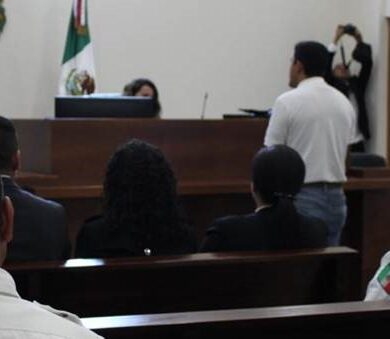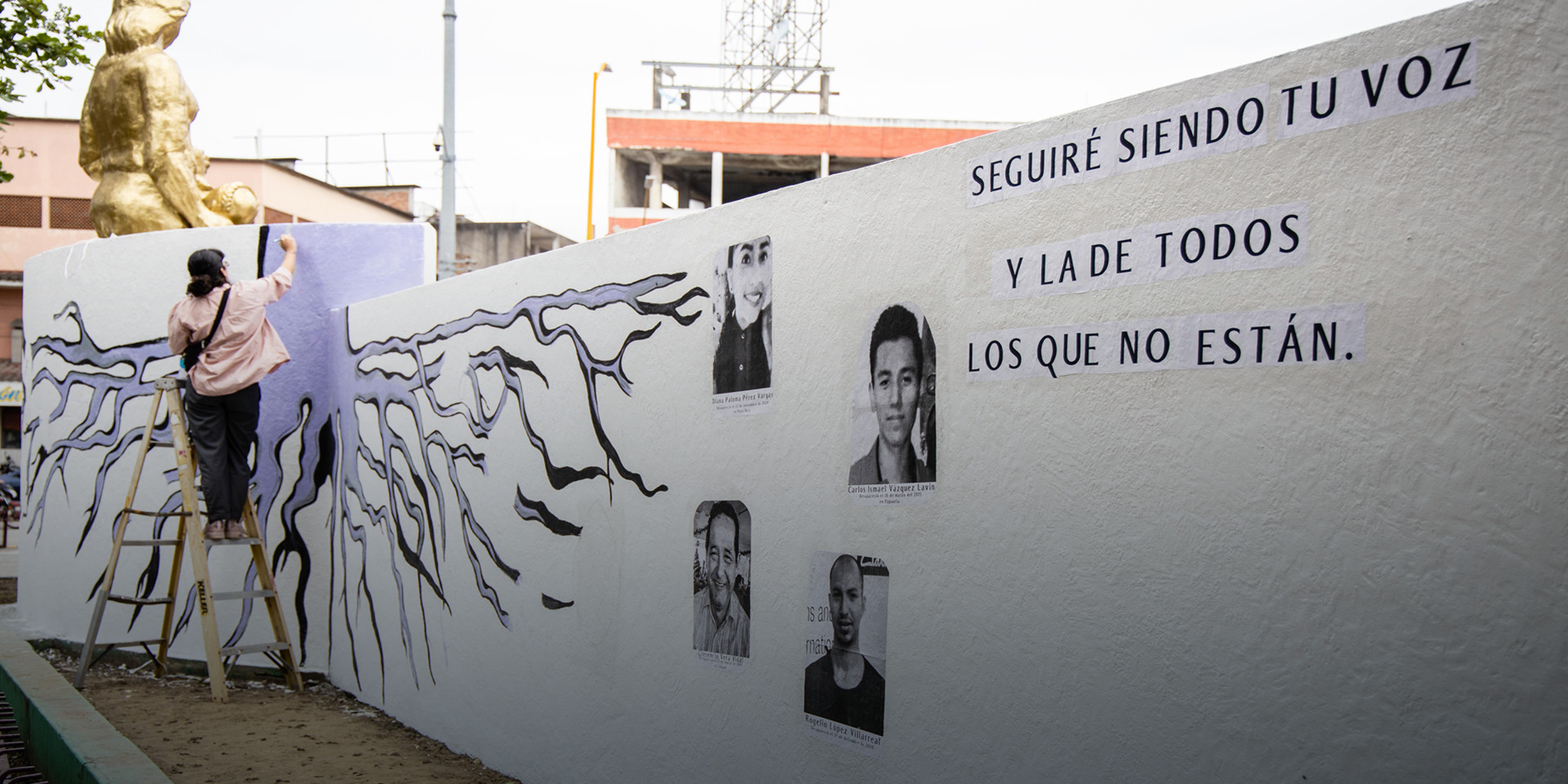
Supporting the Search and Identification of Disappeared Migrants
December 18, 2023 | < 1 Minute ReadOn International Migrants Day, we reflect on the escalating crisis of undocumented migrant deaths and the growing necessity to identify migrant bodies at the US-Mexico border.
On September 2023, the International Organization for Migration (IOM) reported that it documented 686 deaths and disappearances of migrants on the US-Mexico border in 2022, making it the deadliest land route for migrants worldwide. The IOM also notes that from 2014 through October 2023, 8,254 migrants have been recorded as dead or missing in the Americas region, 60% of them on the border between Mexico and the United States.
Mexico is grappling with a severe crisis involving thousands of unidentified human remains. These remains could potentially belong to migrants, predominantly from Central America and Mexico, and increasingly from South America, the Caribbean, and Africa. Each year, many lose their lives on the perilous and intricate migration routes towards the United States. This crisis underscores the urgent need for effective identification and response strategies. USAID is helping to enhance the Mexican government’s capacity and commitment to effectively and accountably address grave human rights violations, such as enforced disappearances and torture through the Promoviendo la Rendición de Cuentas por los Derechos Humanos (RED-DH) Activity implemented by Chemonics. In 2022, given the escalating crisis of undocumented migrant deaths, the program expanded its scope to include support for the search and identification of missing migrants.
RED-DH’s Deputy Chief of Party Patricio Toussaint shares more about this critical work in the video below.
Banner image caption: A women paints a mural on a wall that includes photos of disappeared persons with the sentence “Seguiré siendo tu voz y la de todos los que no están,” which translates to “I will continue to be your voice and that of all those who are not there,” next to it. The photo was taken by the USAID RED-DH Activity.
Posts on the blog represent the views of the authors and do not necessarily represent the views of Chemonics.

